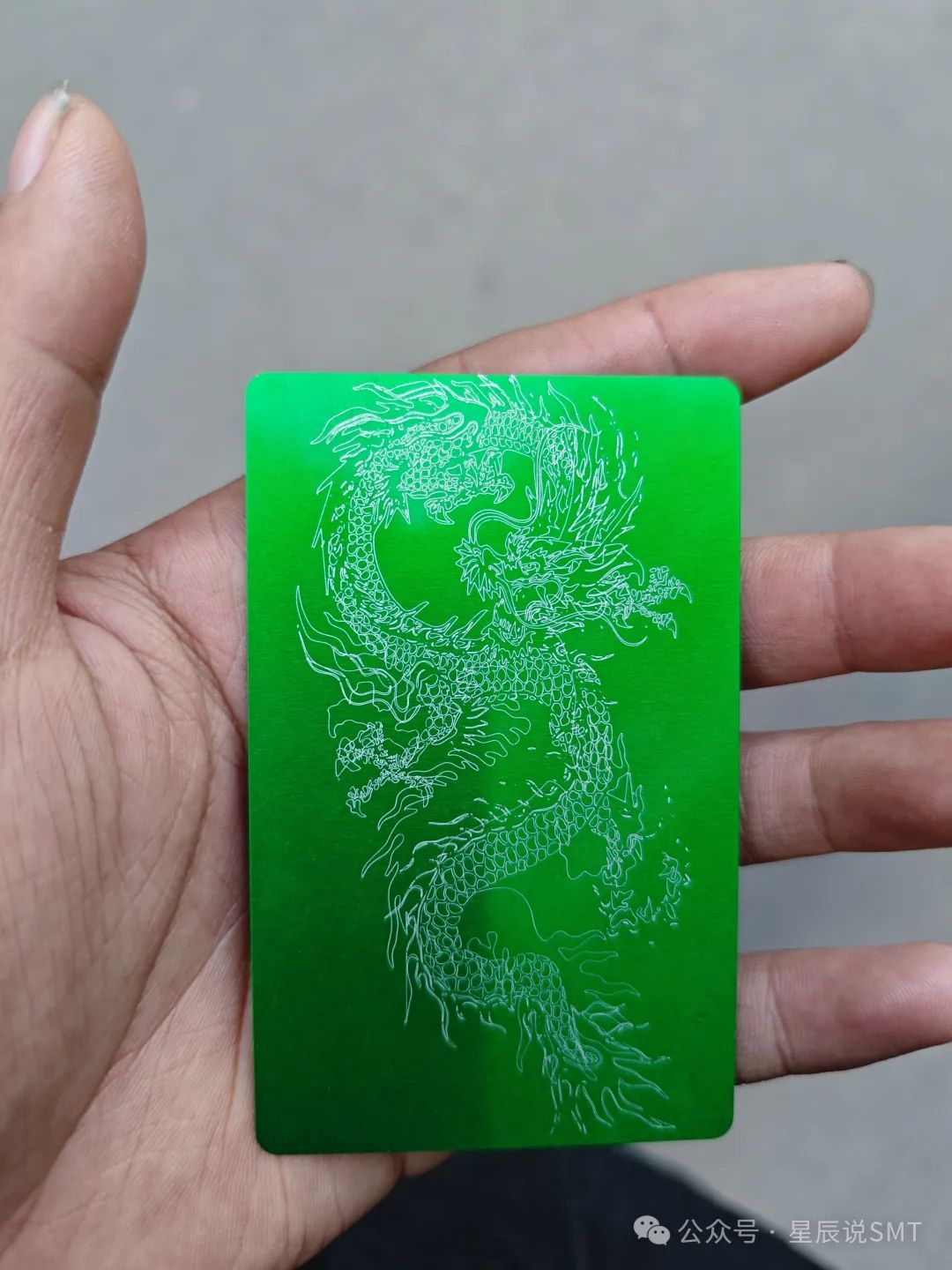In modern electronics manufacturing, Surface Mount Technology (SMT) plays a crucial role. The SPI (Solder Paste Inspection) at the second SMT station is an important inspection process in the SMT production line, which is essential for ensuring product quality, improving production efficiency, and reducing production costs.

One day, on the SMT production line, the SPI testing equipment suddenly sounded an alarm, indicating that the amount of solder paste at one solder joint was severely insufficient. Engineers quickly gathered to identify the problem. After a detailed analysis of the SPI equipment, they found that the solder paste seemed to have been “sucked away” by a superhero, leaving only a little on the pad. This reminded one of a joke: Why does solder paste need a superhero at all times? Because sometimes, it needs to save the entire circuit board from failure due to poor soldering! Ultimately, the engineers discovered that the issue was with the nozzle of the solder paste printer. After adjustments, the solder paste’s “superhero” returned to work, and production resumed normally. This joke not only lightens the mood but also vividly illustrates the critical role of SPI testing in identifying and resolving production issues.
The Importance of SPI Testing
In the SMT production process, solder paste printing is the first critical step, and its quality directly affects the subsequent placement and reflow soldering results. Statistics show that approximately 60% of SMT defects stem from poor solder paste printing. Therefore, inspecting the quality of solder paste printing before component placement is an important means to ensure smooth production and product quality.
Principle of SPI Testing
SPI testing equipment utilizes optical principles combined with advanced image processing technology to inspect the printed PCB (Printed Circuit Board). High-precision cameras capture images of the solder paste on the PCB and compare them with standard templates to analyze parameters such as the shape, size, position, and volume of the solder paste, determining whether they meet the requirements.
Main Functions of SPI Testing
1. **Solder Paste Thickness Inspection**: Ensures that the solder paste thickness is within the process range, avoiding poor soldering due to uneven thickness.
2. **Solder Paste Area Inspection**: Checks whether the area of the solder paste meets standards, preventing soldering defects caused by excessive or insufficient area.
3. **Solder Paste Position Inspection**: Verifies that the solder paste is accurately printed on the pads, avoiding soldering issues caused by misalignment.
4. **Solder Paste Volume Inspection**: Accurately measures the volume of solder paste to ensure that the amount at the solder joint is appropriate, avoiding too much or too little.
5. **Bridging and Missing Inspection**: Checks for any bridging or missing solder paste, allowing for timely detection and handling of potential issues.
Advantages of SPI Testing
1. **Improved Product Quality**: By promptly identifying and correcting solder paste printing defects, it effectively reduces the production of defective products and increases the product pass rate.
2. **Reduced Production Costs**: Avoids rework and scrap due to poor soldering, thereby reducing production costs.
3. **Increased Production Efficiency**: Real-time detection and feedback help the production line to adjust quickly, enhancing production efficiency.
4. **Data Recording and Analysis**: Generates detailed inspection reports, providing data support for process improvement and quality management.

“The Hide-and-Seek of the Solder Paste Sprite”**: Once, during the inspection process, an SPI machine detected a slight misalignment of the solder paste, like a mischievous little sprite playing hide-and-seek on the PCB. Engineers quickly located this little sprite through precise image analysis of the SPI and “returned” it to the correct position, preventing potential soldering failures. This process resembles solving a high-tech joke: Why did the solder paste shift? Because it wanted to surprise the engineers!
“The Mysterious Disappearance of Solder Paste”**: Another amusing situation occurred when the SPI device on the production line detected a significant reduction in the amount of solder paste at a solder joint, resembling a mysterious disappearance case. After careful inspection, it was found that a tiny blockage in the solder paste printing template caused the issue. After cleaning, the problem was resolved, and production returned to normal. This brings to mind a joke: Why did the solder paste disappear? Perhaps it thought it was too fat and decided to go on a “diet”!
The SPI testing at the second SMT station is a crucial step in the electronics manufacturing process, significantly contributing to ensuring product quality, reducing production costs, and enhancing production efficiency. With continuous technological advancements, the functions and precision of SPI testing equipment will keep improving, providing stronger support for the development of the electronics manufacturing industry. These amusing cases and jokes also showcase the critical role and lighter side of SPI testing in actual production, making work more enjoyable.